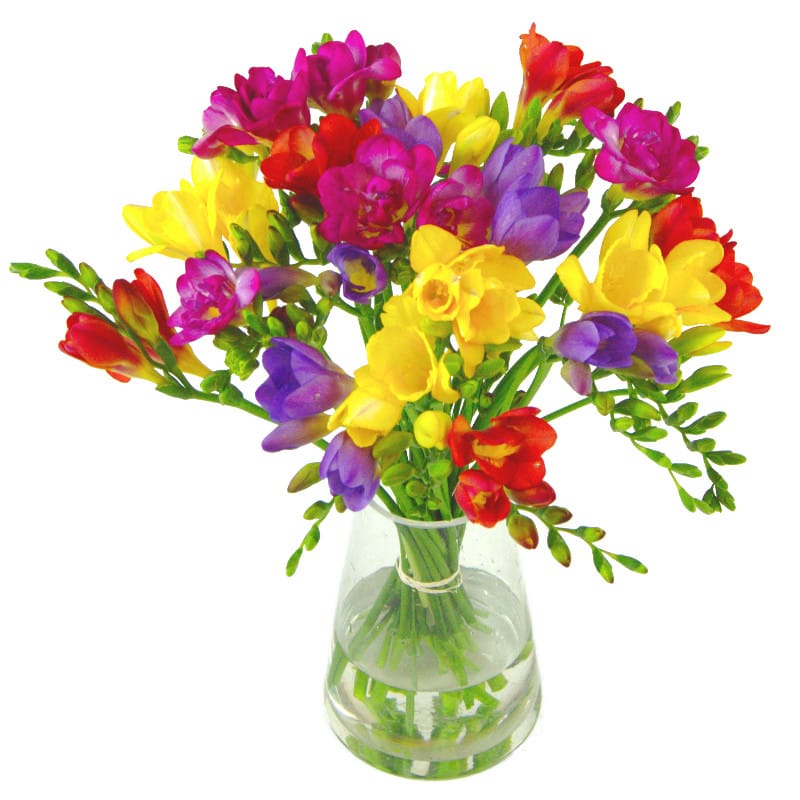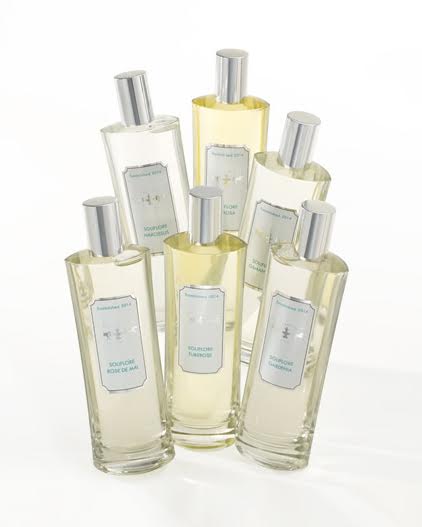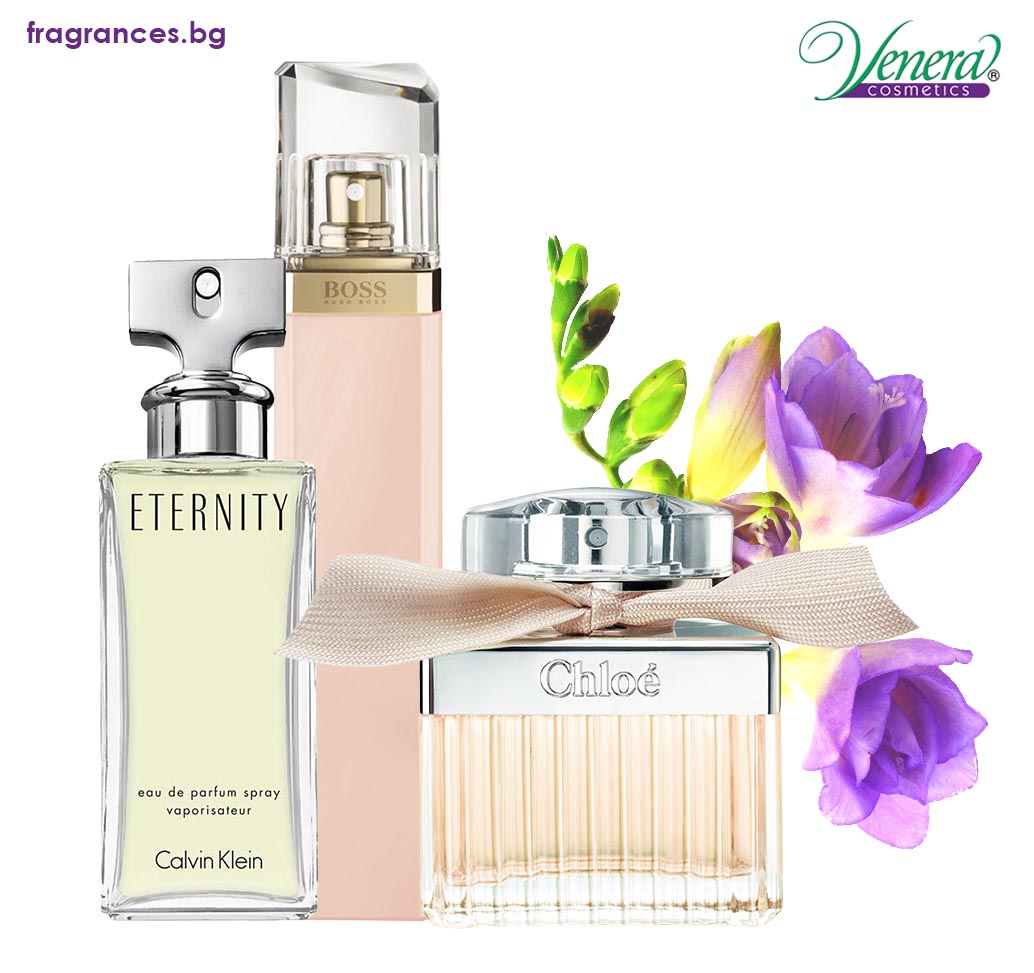Freesia is a genus of herbaceous perennial flowering vegetation in the family Iridaceae, first described as a genus in 1866 by Chr. Fr. Echlon (1795-1868) and called after German botanist and doctor Friedrich Freese (1794-1878). It is native to the eastern aspect of southern Africa, from Kenya south to South Africa, most species being within Cape Provinces. Varieties of the ex - genus Anomatheca are now included in Freesia. The vegetation commonly known as "freesias", with fragrant funnel-shaped bouquets, are cultivated hybrids of lots of Freesia varieties. Some other varieties are also grown up as ornamental crops.
They may be herbaceous plant life which increase from a conical corm 1-2.5 cm size, which delivers up a tuft of slim leaves 10-30 cm long, and a sparsely branched stem 10-40 cm large bearing a few leaves and a loose one-sided spike of blooms with six tepals. Many species have fragrant narrowly funnel-shaped plants, although those previously put in the genus Anomatheca, such as F. laxa, have level flowers. Freesias are used as food plants by the larvae of some Lepidoptera species including Large Yellowish Underwing.
CULTIVATION AND USES
The plants usually called "freesias" are derived from crosses made in the 19th hundred years between F. refracta and F. leichtlinii. Numerous cultivars have been bred from these types and the pink- and yellow-flowered kinds of F. corymbosa. Modern tetraploid cultivars have blossoms ranging from white to yellowish, pink, red and blue-mauve. These are mostly cultivated professionally in holland by about 80 growers.[3] Freesias can be commonly increased from seed. Because of the specific and satisfying scent, they are generally used in palm ointments, shampoos, candles, etc.[citation needed], however, the plants are mainly used in wedding bouquets. They can be planted in the semester in USDA Hardiness Areas 9-10 (i.e. where the temperature will not fall season below about -7 ?C (20 ?F)), and in the spring and coil in Zones 4-8.
Freesia laxa (previously called Lapeirousia laxa or Anomatheca cruenta) is one of the other varieties of the genus which is often cultivated. Smaller than the scented freesia cultivars, they have flat somewhat than cup-shaped bouquets. Extensive 'forcing' of the bulb occurs in two Moon Bay in California where several growers chill the lights in proprietary solutions to satisfy cold dormancy which results in formation of buds inside a predicted range of weeks - often 5 weeks at 55 ?F (13 ?C).
Herbaceous vegetation (in botanical use frequently simply herbal selections) are vegetation that have no consistent woody stem above earth. Herbaceous crops may be annuals, biennials or perennials. Total annual herbaceous plants expire completely at the end of the growing season or when they have flowered and fruited, plus they then develop again from seed. Herbaceous perennial and biennial crops may have stems that pass away at the end of the growing season, but elements of the plant survive under or near the bottom from season to season (for biennials, until the next growing season, when they flower and perish). New progress advances from living tissue remaining on or under the bottom, including roots, a caudex (a thickened part of the stem at walk out) or various types of underground stems, such as lights, corms, stolons, rhizomes and tubers. Types of herbaceous biennials include carrot, parsnip and common ragwort; herbaceous perennials include potato, peony, hosta, mint, most ferns & most grasses. In comparison, non-herbaceous perennial plant life are woody vegetation that have stems above earth that remain alive through the dormant season and grow shoots the next yr from the above-ground parts - these include trees, shrubs and vines.
Freesia Manga Read Freesia Chapter 66 Online Free

Flower, Sun and Rain ending in Grasshopper Manufacture Suda51 Forum
Kokuun An Anime, Manga, and Games Discussion Page 29







.jpg)





